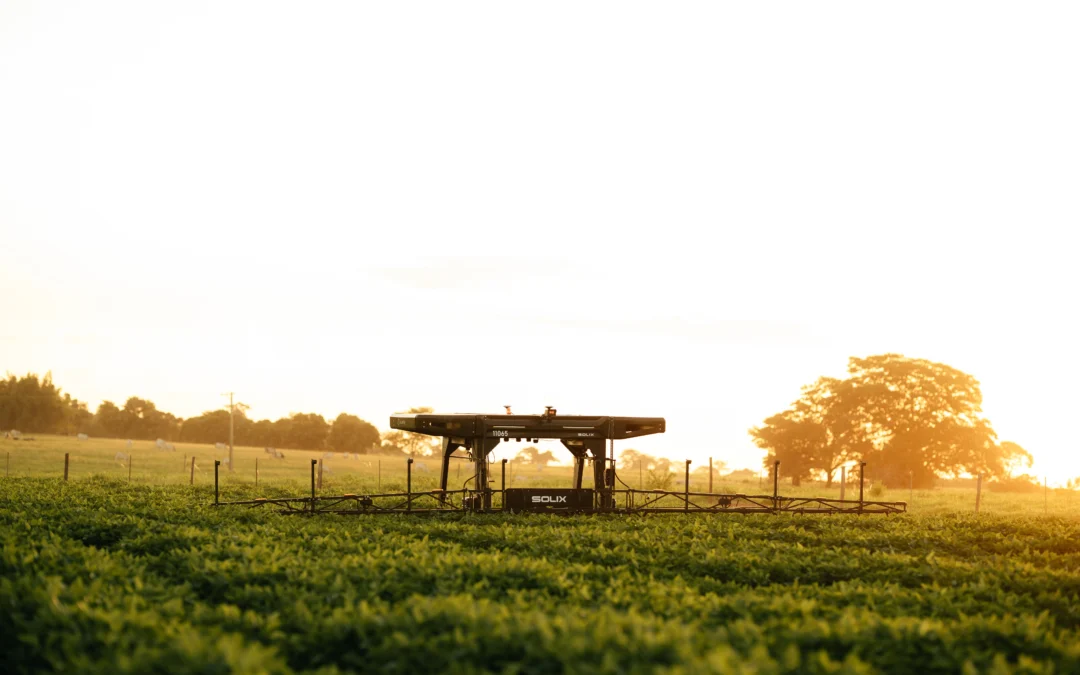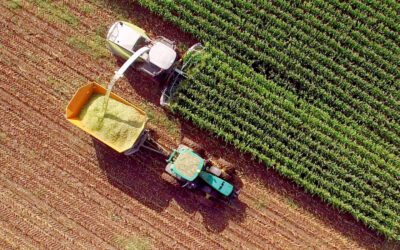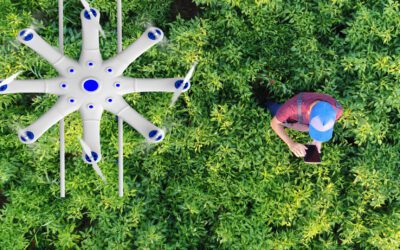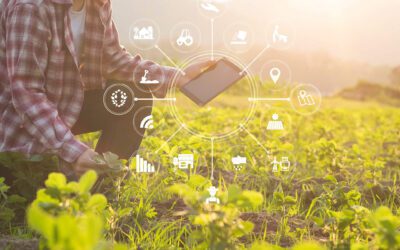Global positioning technologies (GPS) have helped agricultural machines perform high-precision tasks in space. Today, the ability to treat agricultural fields on a site-specific basis is dominated by technology. Our Solix robot, for example, can treat on a plant-by-plant basis.
Agriculture is a complex interrelationship between time and space. The temporal problems are very complex. The biological cycles of crops are strongly affected by the genetic characteristics of seeds, soil characteristics, pests, diseases, farm management, and climate, making a crop different every day.
The dynamics of large machines for many agricultural tasks means that high productivity in acres/hour is the main factor of economic success. The issue of identifying early and acting at the right time is an issue that has very relative and incomplete solutions with the operation of large agricultural machines. To give an example; in the Midwest, after planting there are at most three sprayer applications, any data that comes out of them; assuming the sprayer has the right sensors; will be limited by low temporal accuracy.
Even if the sprayer can apply with high precision on weeds, these have a germination cycle throughout the crop stage, and to have a complete result the sprayer would have to follow the germination cycle, i.e. passes several times through the same area spraying; something unfeasible as the current operation is designed. That is why the cycle of harmful weeds is an infinite cycle where resistance to pesticides threatens the very sustainability of the producer in the future. That happens with most problems in agriculture; the combination of big machines and pesticides got us here but in my opinion, it is not sustainable today and does not solve the knot between producing and being sustainable.
An average soybean and corn farmer's lot in the Midwest averages 75 acres, in practice a modern sprayer is not going to be on that lot for three hours in an entire crop year.
The vast majority of major agricultural problems such as diseases, pests, etc. within a crop start small and grow. Large-scale chemical applications exist because there is a farming operation incapable of keeping up with the cycle of these problems.
When Solix was designed, we thought of a multi-purpose robotic platform where an AI would be tasked with tracking the biological cycles and the applications would go from anticipating the problem to correcting it in its early stages. This is what we call "living in the field".
I am very convinced that we have reached a stage where AI will be the major input in agriculture.
So far, we have been amazed by the results of Solix.
Britaldo Hernandez
CEO & Co-founder l Solinftec
Follow us on social media:





